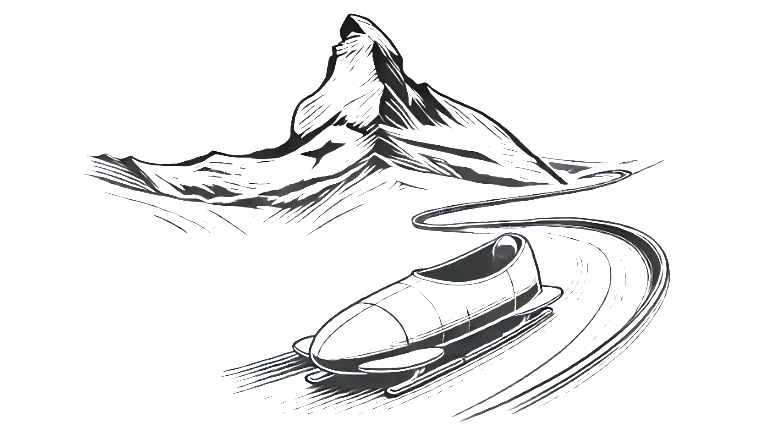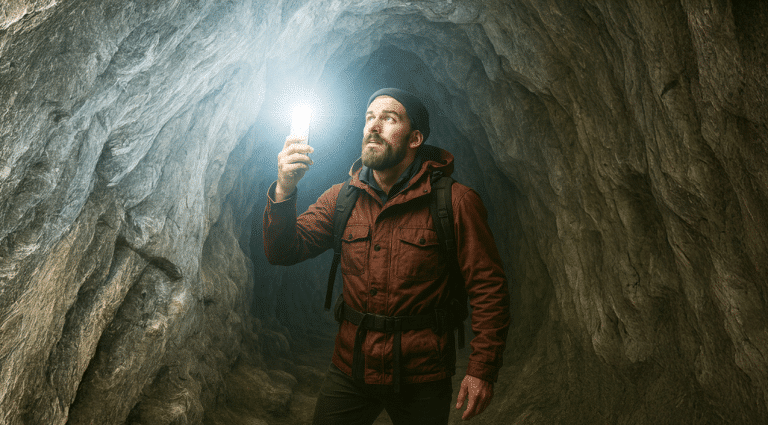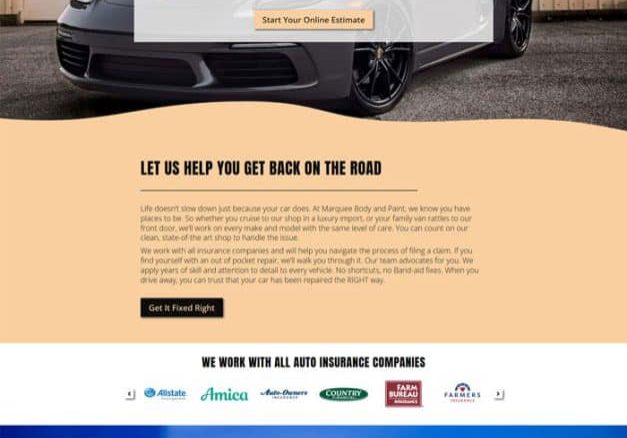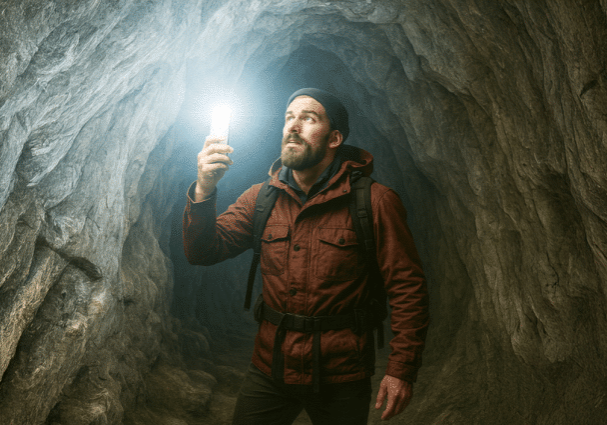Less is More, Even in Business
July 1, 2024

In the business realm, the drive to create something new often leads a team to look outside for the next big thing–new resources, technology or skills. The fancier, the better. However, the key to sustainable success might be closer than you think. You created a business from scratch, relying on creativity, hard work, talent and a purpose behind everything you do. You’ve gotten the rocket off the ground. Now, riding that momentum, you can differentiate yourself in your niche market in a way that might seem counterintuitive: Simplify! Utilize what you already have.
Don’t Shy Away from a Challenge
Let’s look at a famous example by an industry genius:
In 1958, Walt Disney mailed a picture of a famous mountain in the Swiss Alps to his Imagineers at Disneyland in the United States. He circled the mountain and wrote to the side, “Build this.” They had less than a year before the next season! Back then, engineers constructed traditional roller coasters using a time-consuming process with wood and steel. The Imagineers needed something different–and easy to build. To meet these demands, they had to simplify their processes.
They Used What They Had
The Imagineers inventoried their resources: First, they knew how to work with steel pipe, a resource that cost less and was widely available. One person could bend the pipe in ways that allowed for smoother movement. They eyed “Holiday Hill,” a mound of dirt left over from the park’s initial construction. Disney legend Bob Gurr, the man instrumental in the development of the ride’s innovative design and mechanics, confessed that he and his team never sought to revolutionize the roller coaster industry or create something new. They simply had to meet a hard deadline in the most efficient way possible. On June 14, 1959, the Matterhorn Bobsleds officially opened, letting the world peek at this first-of-its-kind theme park attraction. The Imagineers’ simplifications resulted in a beloved ride enjoyed by thrill seekers for over 65 years, but also pioneered sophisticated tubular steel tracks.
Use Creativity to Your Advantage
So, what does that mean for you? This is not the 1950’s, and most people do not have the same creative capacity as “the man behind the mouse.” Still . . . how can YOU try something new, but use what YOU already have?
- Inventory your assets. Start with the most valuable: your team members. Encourage them to share their talents and hidden passions. What lights them up? You might discover untapped ways that you can enhance both productivity and job satisfaction.
- Streamline your processes. You can’t simplify unless you already have a system in place. You need a first draft before you can edit it. Start with where you are. Where are the bottlenecks in your processes? What can you automate, eliminate, or delegate?
- LET GO! Step back and encourage creativity to flow. Reward it! You don’t need to have your fingerprints on everything. Walt never told his Imagineers HOW to build the Matterhorn. Surround yourself with competent people and let them become invested in the vision too.
- Find your corner of the market and seek to BE THE BEST at what YOU do. That takes some refining, adjusting, and pivoting. Pay attention to honest, constructive feedback.
Stick to What You’re Good At
If you’re still scratching your head, let’s look at another giant in the industry: In-N-Out Burger. A burger joint rarely sets itself apart from its competitors. So, how did they do it? The founder of In-N-Out, Harry Snyder, summed it up nicely: ‘keep it real simple, do one thing and do it the best you can.’ The Culture Trip writes: “In-N-Out has stuck to what it’s good at, and this could be one of its biggest successes – other fast food chains are always changing the menu, with food quality ranging from store to store. At In-N-Out, the menu never changes, so customers can count on getting the same great food, every time – and at every location.”
But they didn’t stop there. In-N-Out took the ingredients they had on hand, made sure they were the best quality, and were open to transforming them in dozens of different ways. What can you do with burgers, toppings, buns, fries, condiments and ice cream? You let your customers lead and order any combination they want!
“The modification of the simple menu became so popular that In-N-Out developed a secret menu based on its regular customers, with things like ‘animal style,’ ‘protein style’ (no bread), and the ‘Neapolitan’ shake – chocolate, vanilla, and strawberry mixed into one. All of this not only developed a ‘personal relationship’ with In-N-Out amongst its customers but also created a buzz in the food culture” (Alexia Wulff, “How Did In-N-Out Become So Popular?” Culture Trip, October 6, 2016).
If what you have on hand is truly remarkable, then using it in different ways makes sense!
National Simplicity Day
On July 12, we honor Henry David Thoreau’s birthday as “National Simplicity Day.” Cut from the same cloth as Walt Disney’s Imagineers and Harry Snyder, Thoreau thought that “living simply could make us happier, more productive, and more fulfilled.” Less truly can be MORE. Focus on what you do best in your business. Surround yourself with a capable team and let them collaborate with you. Encourage creativity and ideas. Ride that momentum and create something truly memorable. It doesn’t have to be a big, fancy, or complicated new product; it could be tweaking something you already have in fun ways. I’m sure Walt, Harry, and Henry would agree.
At JamboJon, we think there’s wisdom in this advice. Are you open to delegating any of your marketing and web development tasks to us?
Sources:
“How Disney Changed America,” History Channel, Season One, 2024.
https://theculturetrip.com/north-america/usa/articles/how-did-in-n-out-become-so-popular#
















